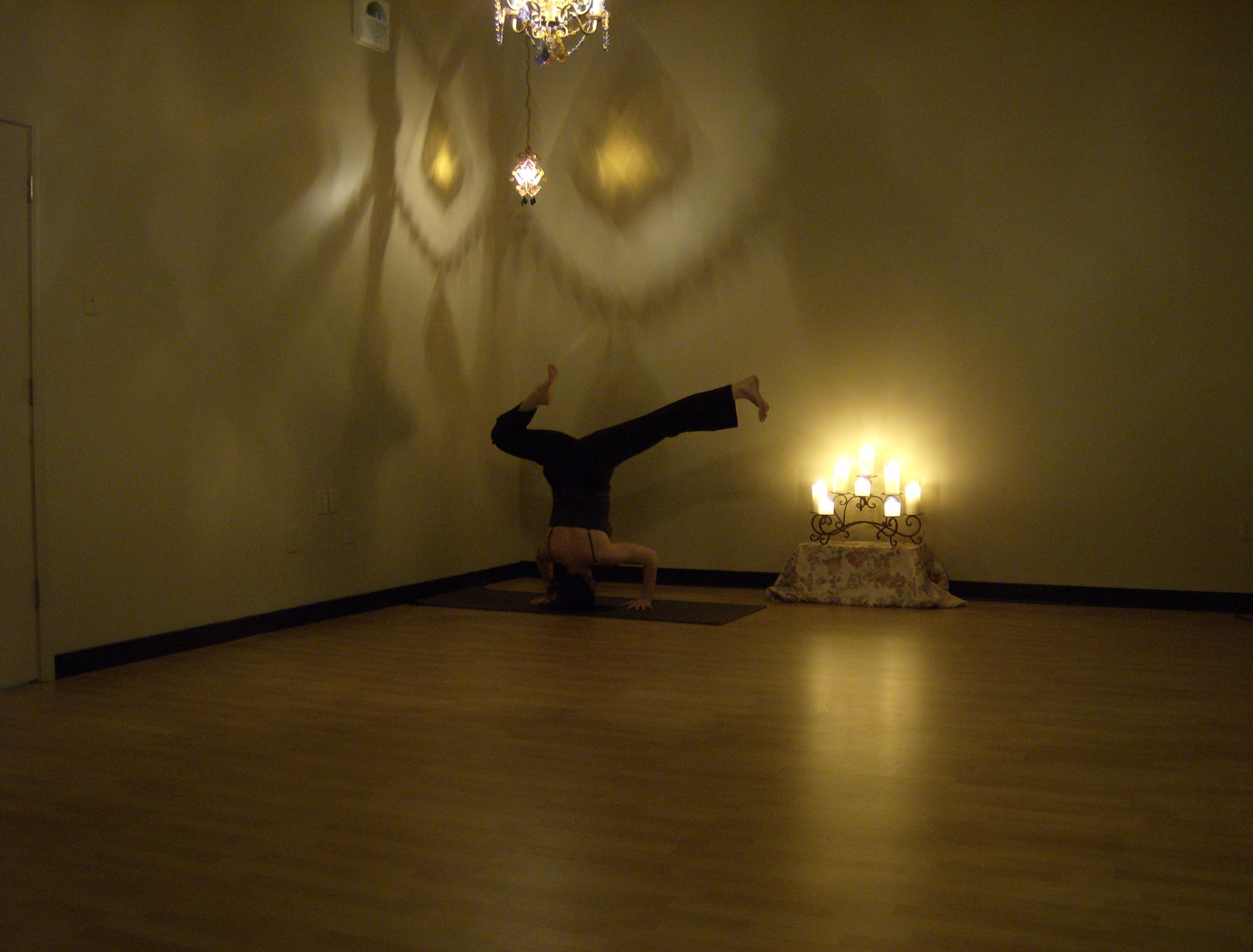In the serene embrace of a yoga studio, families gather, their mats unfurled like the petals of a lotus, each poised to embark on a journey of harmony and healing. Family yoga, with its gentle stretches and synchronized breaths, promises a tapestry of connection, relaxation, and rejuvenation. Yet, as the world of wellness increasingly embraces this communal practice, a question arises from the shadows of chronic conditions: Is family yoga safe for everyone? This article seeks to unravel the complexities of practicing yoga as a family when chronic health issues are part of the narrative. Through expert insights and personal stories, we explore the possibilities and precautions that accompany this shared path to well-being, ensuring that the journey is as safe as it is enriching.
Exploring the Benefits of Family Yoga for Chronic Condition Management
Engaging in family yoga can be a transformative experience for individuals managing chronic conditions. This holistic practice not only fosters physical well-being but also enhances emotional resilience. When practiced as a family, yoga can create a supportive environment that encourages empathy and understanding among members. This shared activity promotes mental wellness and a sense of belonging, which are crucial in managing the emotional challenges often associated with chronic illnesses.
- Physical Benefits: Gentle yoga poses can help improve flexibility, reduce pain, and increase strength, making daily activities more manageable.
- Emotional Support: Family yoga fosters a sense of unity and emotional support, helping individuals feel less isolated in their health journey.
- Mindfulness and Stress Reduction: Practicing mindfulness through yoga can significantly reduce stress levels, which is beneficial for chronic condition management.
By participating in family yoga sessions, individuals can experience a profound sense of connection and understanding, which can lead to improved overall health outcomes. The practice encourages open communication and shared experiences, nurturing a compassionate and healing environment at home.
Understanding the Risks: What to Consider Before Starting Family Yoga
Family yoga offers a wonderful opportunity for bonding and exercise, but for those with chronic conditions, it’s essential to approach with care. While the benefits of yoga are numerous, individuals with chronic illnesses need to consider specific factors to ensure their safety. Here are some key points to keep in mind:
- Consult with Healthcare Professionals: Before embarking on a family yoga journey, it is crucial to seek advice from healthcare providers familiar with your condition. They can offer guidance on suitable poses and highlight any movements to avoid.
- Choose the Right Instructor: An instructor experienced in teaching individuals with chronic conditions can tailor the practice to accommodate different needs, ensuring a safe and enjoyable experience for everyone involved.
- Listen to Your Body: Encourage family members to be mindful of their limits. Yoga is about balance and harmony, so it’s important to stop or modify poses if any discomfort arises.
By taking these considerations into account, families can enjoy the benefits of yoga while minimizing potential risks. Creating a supportive environment where everyone feels comfortable to express their physical limitations is key to a successful family yoga practice.
Adapting Poses: Ensuring Safety and Comfort for All Participants
When engaging in family yoga sessions, particularly for those with chronic conditions, it’s crucial to approach each pose with mindfulness and adaptability. Yoga instructors should prioritize individual needs and provide modifications to ensure everyone can participate safely and comfortably. This might involve using props like blocks or straps to assist in maintaining balance or adjusting the depth of a stretch to accommodate different levels of flexibility and strength.
- Encourage open communication between participants and instructors to address any discomfort or limitations.
- Incorporate restorative poses that focus on relaxation and gentle stretching.
- Offer variations of poses to suit various ability levels, ensuring inclusivity.
By emphasizing a supportive environment, family yoga can become a harmonious activity where everyone, regardless of their health status, can experience the benefits of yoga without compromising their well-being.
Expert Recommendations for a Safe and Inclusive Family Yoga Practice
Engaging in family yoga can be a rewarding experience, even for those with chronic conditions. Experts recommend a few key strategies to ensure a safe and inclusive practice:
- Consultation with Healthcare Providers: Before starting any new exercise regimen, it’s crucial to consult with healthcare professionals. They can provide personalized advice based on specific conditions and limitations.
- Adaptable Poses: Opt for yoga poses that can be easily modified. Using props like blocks and straps can help tailor the practice to accommodate various physical needs, ensuring everyone can participate comfortably.
- Mindful Breathing: Emphasize the importance of breath awareness. Breathing techniques not only enhance relaxation but also improve overall well-being, making the practice more accessible for those with respiratory or cardiovascular issues.
- Inclusive Environment: Foster a non-competitive atmosphere. Encourage family members to listen to their bodies and respect individual boundaries, promoting a supportive and understanding yoga experience.
By incorporating these expert recommendations, families can enjoy a harmonious yoga practice that respects and embraces the diverse needs of each member.

